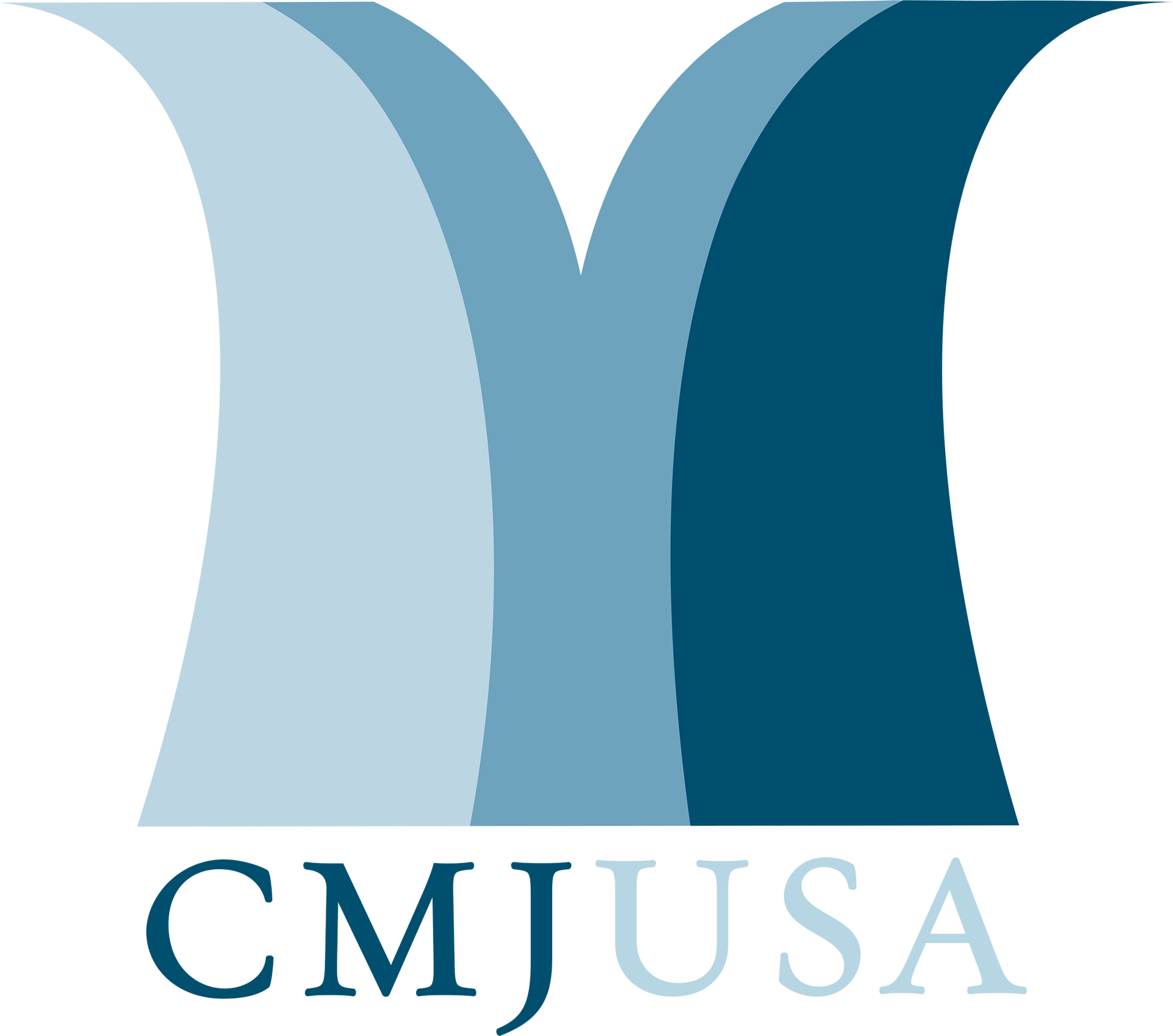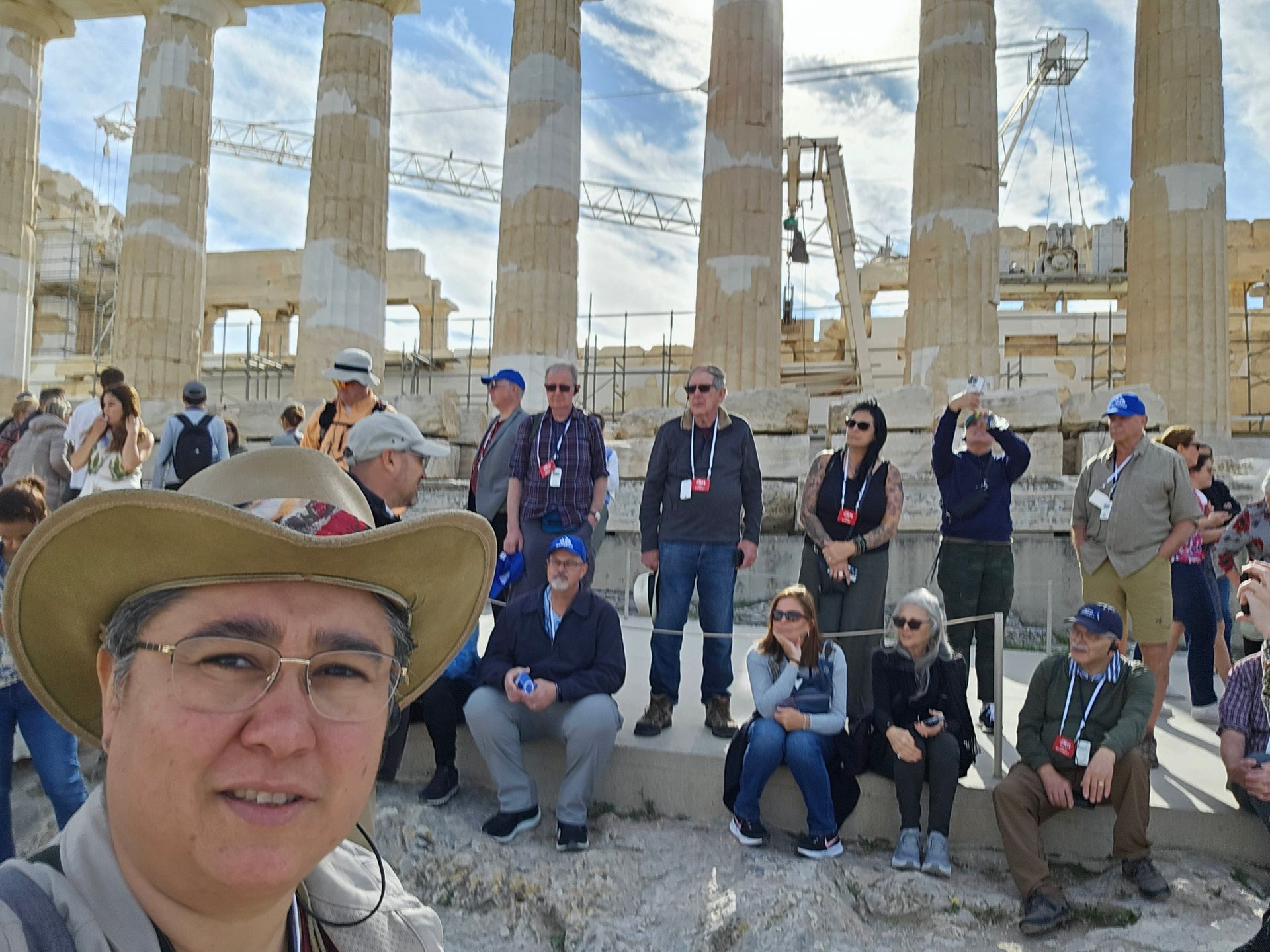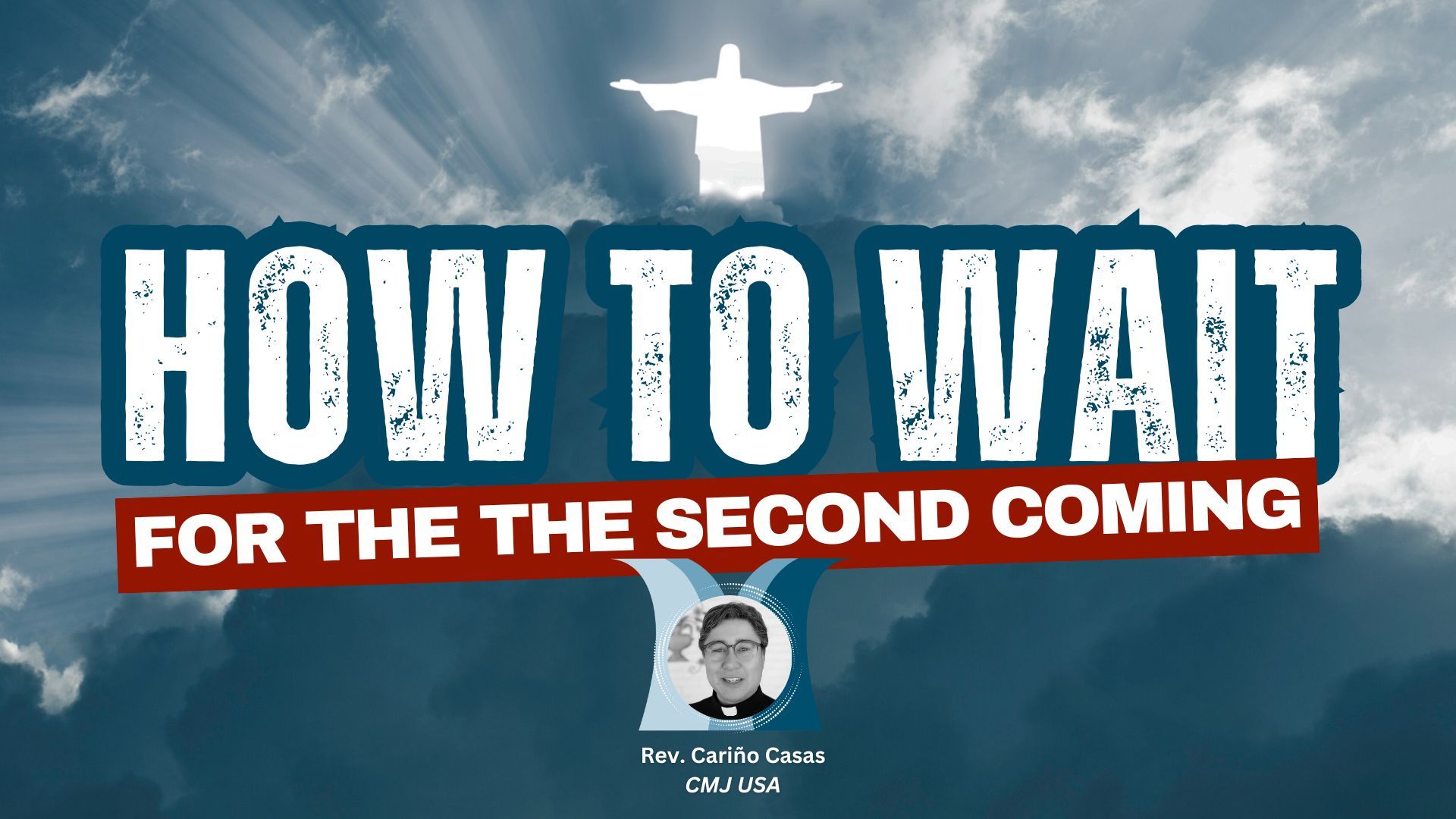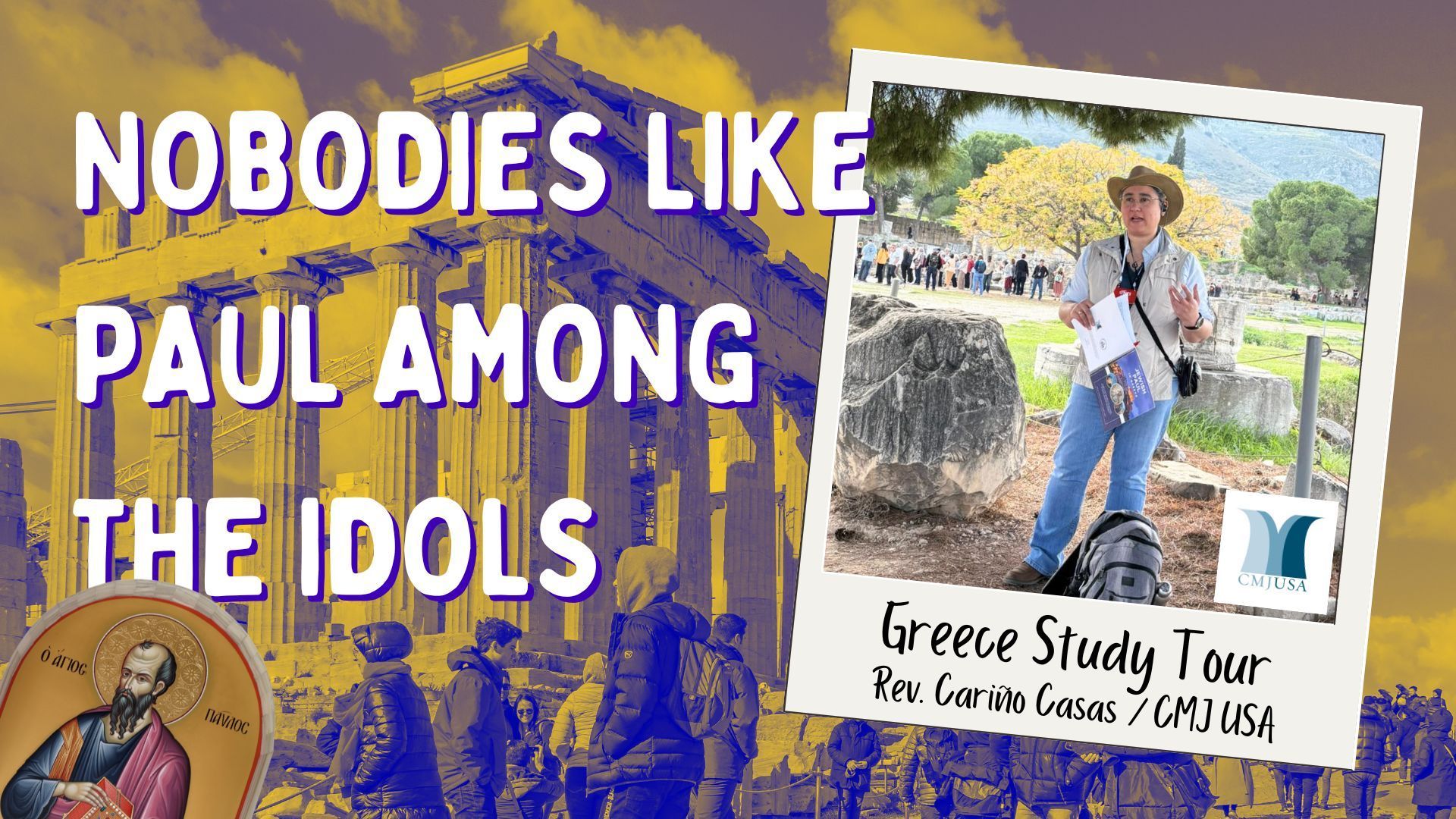His understanding of the need for children to be respected as well as taught marked his long years as an advocate for poor, needy street children. “ Korczak believed that the future hope of society rested not on the improvement of governments but on the improvement of the human being ,” wrote one of his biographers and former mentee at the orphanage.
Janusz Korczak: The Warsaw Ghetto "Pan Doktor"
Dr. Jakob Jocz, one of the last Jewish CMJ mission workers in Warsaw, Poland, wrote that through the 1930s many Jewish people there came to faith in their Messiah Yeshua. Having been called to England in July 1939, Jocz was unable to return to Warsaw due to the German invasion on September 1. Jocz’s father continued work at another CMJ mission station in Poland and was murdered by the Gestapo. Books tell stories of many heroes among the Jews forced into the Warsaw Ghetto – some believers in Jesus and others not. Janusz Korczak was among those Jewish heroes, and he cared for hundreds of Jewish children there. Here is a bit of his story.
By Dr. Theresa Newell
Born July 22, 1878 in Warsaw into a liberal Jewish family, Henryk Goldszmit, a Polish pediatrician, educator, author and above all the caregiver of children, took the pen name Janusz Korczak when he published his first book in his late teens. His father, Józef Goldszmit, was a prominent lawyer who died when his gifted son was in his late teens. Korczak went to work to help support the family while he completed medical school. Even though raised in a middle-class family, Korczak observed and showed concern for street children from his earliest days.
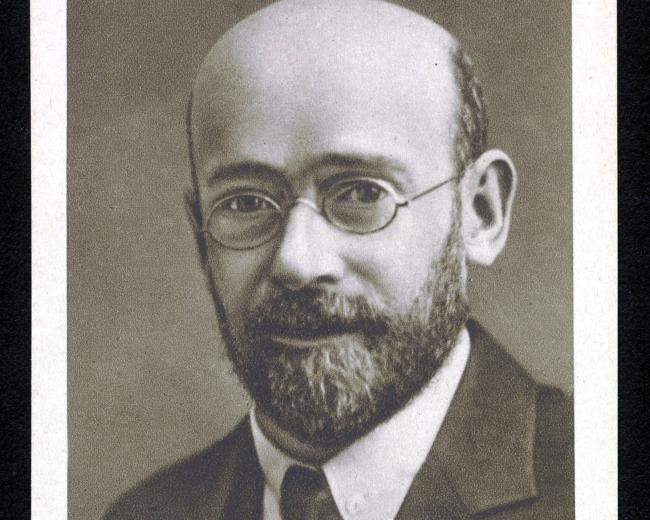
In 1911 he designed an orphanage in Warsaw and became director of Dom Sierot (Orphan House) where he was called Pan Doktor (Mr. Doctor). Here he put into practice his theory of education based on children being given respect and responsibilities. The children ran their own court system, work assignments and eventually a newspaper. This was the first newspaper written by children which served as an auxiliary to the major Jewish newspaper in Poland, the Nasz Przegląd ( Our Review ). In spite of the interruption of serving in the Russian Army during World War I, Korczak published children’s books, plays and pedagogical articles.
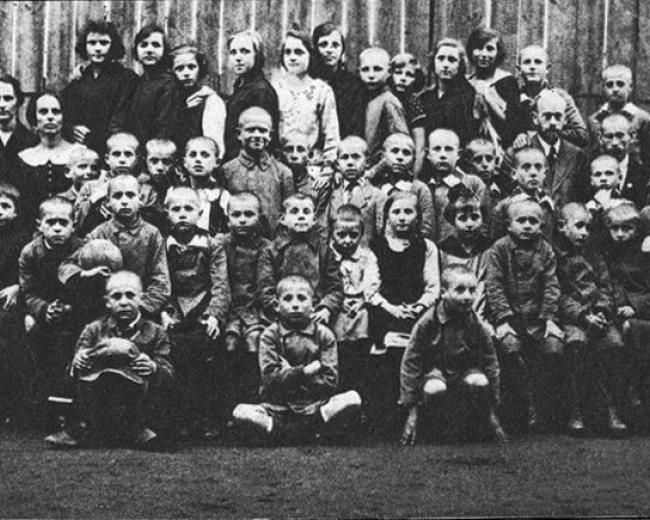
By the 1930s, Korczak was well-known as an author and popular radio personality known as Stary Doktor (Old Doctor). He used humor in his talks to parents and children on his educational theories emphasizing the rights of children. Anti-Jewish pressure shut down his program, and no recordings of the radio broadcasts survived.
However, still standing in Warsaw is the multi-storied orphanage building constructed in 1930 where Korczak expanded his work with disadvantaged, abandoned and parentless children. Jewish organizations financed this humanitarian work for Jewish children located on Krochmalna Street.
Nasz Dom (Our Home) was home and school to hundreds of Jewish children before they were moved into the Ghetto in 1940.
After years of working as a principal of his Warsaw schools, Korczak heard the rumblings of the rise to power of Hitler and his National Socialist party in Germany. He made two trips to Israel (then Palestine under British Mandate) in 1932 and 1934 but was unwilling to leave his children in Warsaw.
His progressive educational ideals did not bring Korczak into the atheism that was prevalent among many Jewish elites of his day. He felt children needed to know of something beyond what they could see or feel. He explored various spiritualities for himself and organized a “quiet room” where the children could find peace with their own thoughts. Though loyal to his Polish nation, he listed his identity as Jewish, a decision which marked him for the Ghetto, where he continued caring for over 200 children in desperate circumstances.
In August 1942, Korczak marched at the head of his Jewish children (ages 3 to 16) from the Warsaw Ghetto to the Umschlagplatz , the train platform for deportations to the camps. Those who witnessed that day remember the tall 64-year-old doctor holding a child’s hand with each of his own with his head held high leading his children. The children walked in orderly groups of four to a row. Korczak told the children to put on their best clothes and to bring their knapsacks because they were going on a visit to the countryside. Pan Doktor did not want the children to be afraid. Korczak had repeatedly been offered sanctuary by members of the Polish Resistance, but he insisted on remaining in the Ghetto to care for his children and to accompany them to their deaths. Their train ride ended at Treblinka.
Resources
- Korczak , directed by Andrzej Wajda, 1991; Polish (English subtitle) video; available on Amazon Prime.
- Novel based on Korczak and his children in the Warsaw Ghetto: Jim Shepard, The Book of Aron , (New York: Alfred A. Knopf, 2015).
Photos
- Janusz Korczak, c. 1930, Public domain.
- Staff and children of Nasz Dom (Our Home) Orphanage, run by Maryna Falska and Janusz Korczak in Pruszkow. Photo: AnonymousUnknown author, Public domain, via Wikimedia Commons.
- "Nasz Dom" (pol. "Our Home") orphanage founded in 1919 by Maryna Falska and Janusz Korczak in Pruszków. Photo: Krysiul, CC BY-SA 3.0 PL , via Wikimedia Commons.
- "Janusz Korczak and the Children” by sculptor Boris Saktsier (1978). Janusz Korczak Square, Yad Vashem, Jerusalem, Israel. Photo by Berthold Werner, Public Domain .
Blessed by this post? Ready to sow into the work of CMJ? No gift is too small. we are blessed by your partnership.
